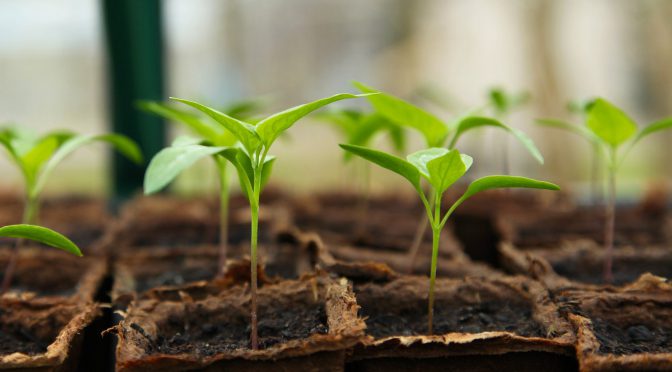Especially for first-time gardeners, knowing what to plant and when can be a challenge. While there are certainly planting calendars and apps available to help you make this decision, ultimately you have to use a bit of your own best judgment. To help you make the best decisions possible we’ve put together some tips.
Know your zone.
While plant hardiness zones aren’t the end-all of planting, they can definitely help give you an idea of when it’s time to do what and when to expect your first and last frost. Check out our full post on hardiness zones here.
Plan for multiple successions.
To make the most of your time and space you should plan on succession planting. It’s when you stagger plantings or plant multiple crops in the same area throughout the season. Each time a crop is finished you pull it and plant a new one.
Read our posts, Succession Planting 101 and Succession Planting Flowers to get started.
If you can set up some season extenders.
Season extenders are your best friend. Having the option of using things like cold frames, hoop houses, low tunnels, and even just frost/shade cloth gives you a lot more wiggle room on both ends.
While it may be obvious that warm weather plants will benefit from warmer soils and frost protection, the benefits to cool-season plants can be less obvious. Using row cover (we often use tulle) allows us to plant cool-season crops much later. It keeps the soil cooler and keeps out troublesome pests like cabbage worms.
Need some ideas? Check out our post on easy season extension.
Watch the weather.
Even if you’re an experienced gardener, watching the weather can save you a lot of heartbreak. Many warmer season plants can be saved from late frosts or temperature drops if you cover them for the night. This can be accomplished with row cover or even old sheets or blankets. For best results rest your material on stakes or hoops so it’s over the plants but not touching them.
Keep a garden journal.
While it won’t help the first year, keeping a garden journal can help you hone your schedule. Try to record things like planting dates, frost events and storms, and even temperatures. In the following years, your records will help you make better-educated guesses.
Think about whether or not you want to save seed.
If you’re going to save seed you need to make sure your varieties don’t cross in order to get true seed. To accomplish this you’ll need to separate varieties.
This doesn’t necessarily mean that you’ll need a lot of space. If you live somewhere with a long growing season some plants can be separated in time. For example, you can grow multiple successions of lettuce or beans ensuring that separate varieties aren’t flowering at the same time.
Check out our post, Garden Planning for Seed Saving for more advice.
Get a soil thermometer.
Being able to check the soil temperature can help you determine planting times and achieve better germination rates.
Trust your instinct.
If you know you’re area is prone to late frosts it may not be time to plant just because it is for the rest of your hardiness zone.
Following these tips can help you get your garden off to a good start. While planting apps and charts are certainly handy, they don’t always tell the full story. Only you can decide what’s exactly right for your garden.

